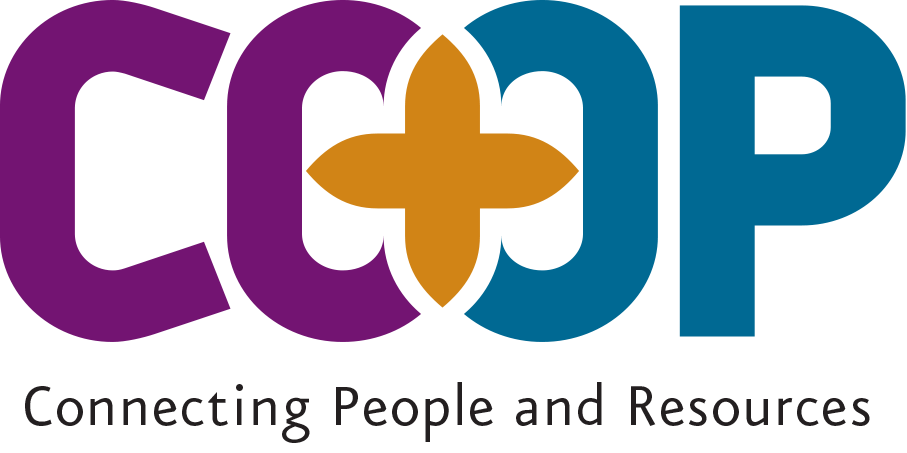Insurance 101
My grandkids are learning to play lots of games. You would think hopscotch would be pretty simple to figure out. But with it all being new to them, they often question where to step next. There are just too many options for those little feet. Facing Medicare enrollment can feel very similar. There are lots of steps to take, and the order can be like a hopscotch board without any numbers.
My most frequent phone calls are from people asking when and how to enroll in Medicare. And it doesn’t help matters that their friends and co-workers are all coaching from the sidelines with different answers. Before taking that first jump, it’s important to look at where you are. If you’re reaching age 65 and plan to continue working, you need to compare your current benefits and costs to those with Medicare and supplemental coverage. There are several things to consider:
• What is the premium amount coming out of my paycheck each month?
• If I go into the hospital or have outpatient surgery, what will I have to pay?
• Would my group insurance plan pay as primary or secondary to Medicare?
• Can I stay on my group insurance if it’s an HSA Plan? What about making contributions?
• If I enroll after age 65, will I have to pay a penalty?
• Should I take COBRA when I reduce my hours or retire?
I’ve lost track of how many times I’ve heard, “I’m an intelligent person. Why can’t I figure this out?!” We help CO+OP members determine which option will work best for them, so they can make decisions with confidence. Cutting through the confusing maze, we clearly show the best choice for each person. The KISS principle still works – even while wearing a COVID mask! Churches can often save considerable premiums when employees and their spouses move to Medicare plans. It’s a win/win for both when the out-of-pocket expenses are lower, and the cost is less.
To B or Not To B
People retiring after age 65 often debate whether to take COBRA or to enroll in Medicare Part B and supplemental coverage. When they have an ongoing medical condition, it’s tempting to go with the devil they know versus the devil they don’t know. No one eligible for Medicare should ever take COBRA! There are huge hazards with that.
• COBRA will only pay as secondary coverage, regardless of whether you are enrolled in Medicare. In other words, it will only pay 20% of your medical bills. One of my most grueling phone calls was with someone who selected COBRA due to his wife’s continuing cancer treatment. He received a bill from MD Anderson for $96,000!
• Medicare requires enrollment in Part B during the first eight months of COBRA. There are no notifications of that fact, so few people realize it. When the 18 months of COBRA ends, they apply for Medicare Part B, only to discover they can only enroll during the General Enrollment Period (January- March) and coverage won’t start until July. They can be left without coverage for over a year!
• COBRA is a snake – and snakes bite! Your staff members are family. They need someone to guide them and keep them safe. Don’t let them drop into the gap with COBRA or leave them at the mercy of robocallers and TV commercials. Church administrators wear lots of hats. Dealing with Medicare issues shouldn’t be one of them. We work with many CO+OP members to lighten this burden, and they have found this assistance to be a blessing. Let’s make sure your senior staff members make the right leap! Contact your free CO+OP resource for all things Medicare.
- Michelle Feagin
(Originally published in the MAY 2021 Magazine)


